The criminal justice system includes criminal investigations. There is always a dire need for a proper mechanism to maintain a law and order situation. An organized society needs this mechanism in situ to stop lawbreaking, uphold the law, and comfort the vulnerable. It helps communities operate smoothly. Investigators play a vital role in preserving the peace and keeping citizens safe. Their job is to find the connections between criminals and crimes. They are responsible for finding the suspects.
Since the 19th century, the literary detective has been a staple of our collective imagination. Edgar Allan Poe was the first writer who put the world’s best and real famous detective stories into writing. His eccentric Parisian investigator, C. Auguste Dupin, predicted the later Sherlock Holmes. However, there is evidence of detective-like tales from 18th-century China. Poe’s legacy drew in writers of varying skill levels. Soon, complete detective novels were being sold all over the world.
However, the proverb “reality is stranger than fiction” holds. Real-life investigators have accomplished amazing sleuthing feats throughout history. Their achievements are nowhere to be found in fictional adventures. The audience was captivated by the listed investigators’ expertise and charismatic personalities. Additionally, these real famous detectives investigated some of the most significant historical cases.
Let’s jump to the list of the top 5 world’s best real and famous detectives you should know:

William J. Burns
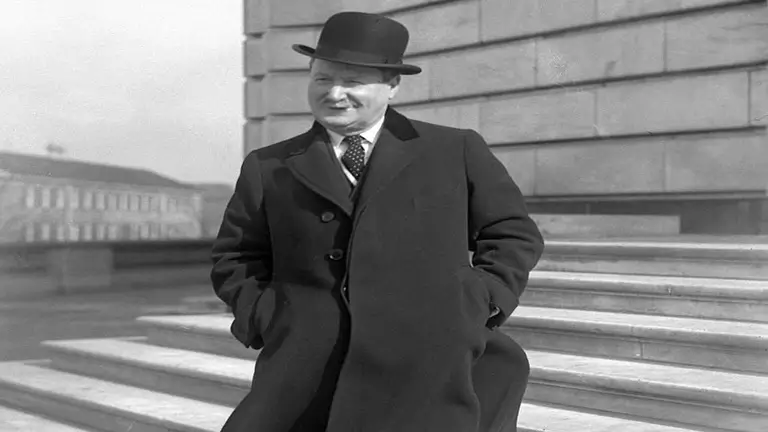
Famous detective William J. Burns was the son of Irish immigrants in Columbus, Ohio. He was referred to as “America’s Sherlock Holmes” by none other than Sir Arthur Conan Doyle himself. He later served as the head of the Bureau of Investigation (BOI). He also led the William J. Burns International Detective Agency. During this time, Burns took the initiative to explore the most publicly reported crimes of the early 20th century. After that, though, he gained much of his notoriety.
Burns was one of the lead detectives assigned to the case of a significant incident in 1910. The fatal bombing of the Los Angeles Times building killed 20 people. It was an early instance of domestic terrorism. A year later, Burns and his men detained the dynamiters, John J. and James B. McNamara. They traveled from the Midwest to Los Angeles on a dynamite trail.
Less than ten years later, Burns was once more connected to a domestic terrorism incident. A massive blast that devastated Wall Street in 1920 left about 400 people injured and 38 dead.
Burns arrived on the scene as quickly as possible. He supported the theory that Communist supporters were responsible for the attack from the beginning. But the investigation into the Wall Street Bombing would lead nowhere. It is still open as of this writing.
Burns’ next move would turn out to be much worse. Soon after taking the position of Director of the BOI, he was involved in some scandals. One of the scandals was using his operatives to undermine Senator Burton K. Wheeler of Montana. Wheeler oversaw the Senate investigation into the Teapot Dome Scandal at the time. It featured officials from the Harding Administration leasing oil-rich public lands to private businesses. Those in President Harding’s close circle likely instructed Burns to get information about Wheeler. Burns was made to leave the BOI once his involvement in the incident came to light. He lived out the rest of his days in Florida, writing mystery novels. J. Edgar Hoover took his place and updated the BOI to become the new FBI.

Dave Toschi
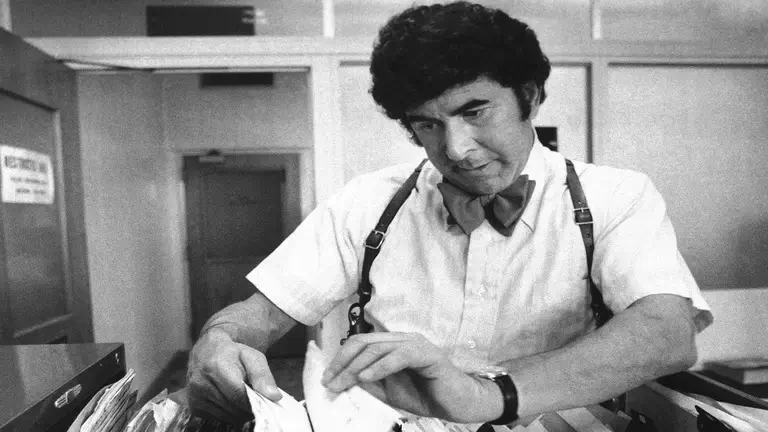
It’s cool when your name is cited as a potential inspiration for both Inspector Harry Callahan of Dirty Harry fame and Steve McQueen’s portrayal of Lieutenant Frank Bullitt in the 1968 film Bullitt. The world’s best, real, and most famous detective Dave Toschi, initially worked as an inspector for the San Francisco Police Department from 1952 to 1983. He is the person who can make that assertion. Toschi was well-known in San Francisco for his impeccable appearance and meticulousness. Dave is famous throughout the world for his trademark quick-draw holster for his gun and regular animal cracker consumption. He was the main detective in the Zodiac case. The case is still open to this day.
The Zodiac Killer terrified San Francisco and the surrounding Bay Area from December 1968 to October 1969. The killer remained unknown after a succession of gruesome killings.
The assailant even threatened to carry out terrorist activities against schools. He ridiculed and tormented both the public and the authorities with strange writings or ciphers. For his part, Toschi relentlessly pursued the murderer for years with the help of other San Francisco PD officers and detectives. But their efforts were never rewarded with a conviction. The examination of Arthur Leigh Allen was the closest Toschi came to apprehending Zodiac.
Toschi is best known for his work on the Zodiac case. He also worked on the inspection of the Zebra Murders. These attacks were carried out by a black nationalist group against unidentified white people in the middle of the 1970s.

William J. Flynn
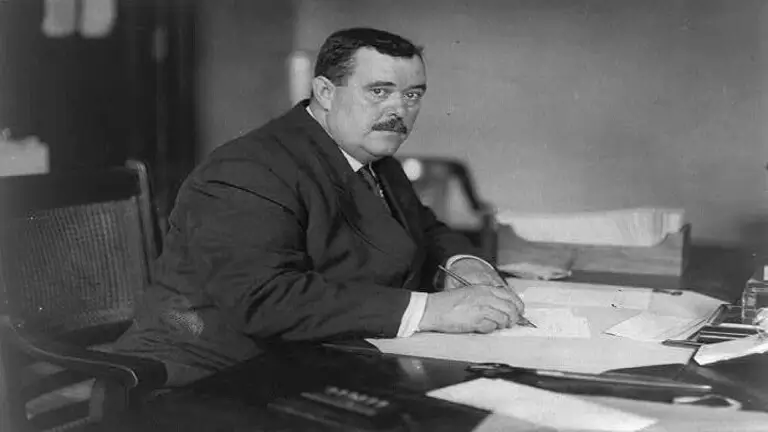
William J. Flynn and William J. Burns were of the same generation. They also had the same first name, middle initial, and physical appearance. They resembled President Theodore Roosevelt due to their muscular physiques, huge stomachs, and neatly groomed mustaches. Unexpectedly, both men started their careers in law enforcement with the United States Secret Service under President Roosevelt. They served as private detectives and oversaw the Bureau of Investigation, Flynn from 1919 to 1921, and Burns from 1921 to 1924.
However, it matters where the two depart from one another. Unlike Burns, Flynn worked in New York City for several years as a professional lawyer. Flynn assisted in restructuring the Detective Bureau of the NYPD while serving as a deputy commissioner. He did it like Scotland Yard and the Secret Service. Additionally, Flynn engaged in conflict with the early iterations of the American Mafia. At that time, it was led by the ruthless Giuseppe Morello. The case that resulted in Morello’s conviction for forgery in 1910 was assembled by Flynn and other employees of the Secret Service office in New York.
Flynn later served as the head of the United States Railroad Secret Service during World War I. It was a position that put him close to potential saboteurs. Some of these saboteurs would resurface for Flynn in 1919. It happened when, as a renowned anarchist expert, he was enlisted by Attorney General A. Mitchell Palmer. He was asked to carry out the so-called “Palmer Raids,” which contributed to the First Red Scare.

Izzy Einstein And Moe Smith
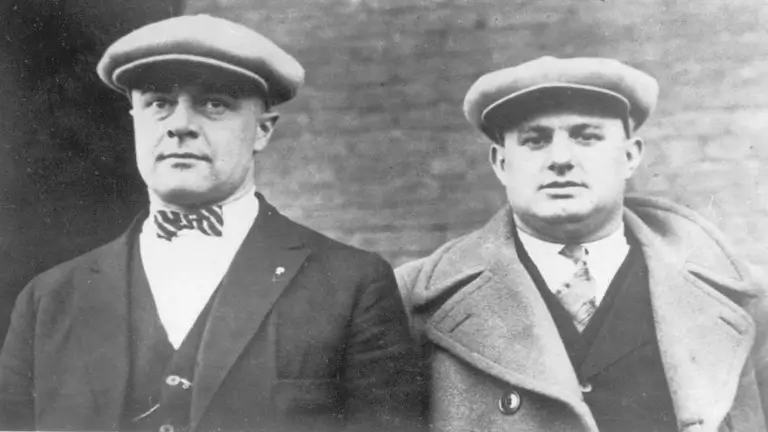
Isidor “Izzy” Einstein and Moe Smith were two middle-aged men from New York’s Lower East Side. Between 1920 and 1925, they managed to apprehend 4,932 criminals, seize around five million bottles of illegal alcohol, and boast a conviction rate of 95%. The Austrian immigrant Einstein had worked as a street vendor and a postal clerk. Later, he became the leading alcohol-investigating detective of his time. Smith had operated a cigar shop. The two weren’t too impressed when they originally applied to work for the Prohibition Bureau for $40 a week, according to the G-men in charge. Einstein and Smith persuaded their supervisors that hoodlums wouldn’t suspect two portly, ordinary-looking guys as being undercover agents in some way.
Like Sherlock Holmes the world’s best detective of crime novels, Einstein and Smith had a reputation for being masters at creating convincing disguises. Their photographs were typically hung on the walls of speakeasies. But, the duo occasionally gets away with hiding in plain sight. Izzy and Moe’s careers were doomed by their fellow agents. They grew increasingly envious of the duo’s success rather than the criminals.
Einstein and Smith weren’t neurotic geniuses who relied on their enormous knowledge. Most of the time, the pair’s ability to put in long hours and familiarity with New York City life helped them become great real, and famous detectives. Einstein could communicate with witnesses and suspects in Yiddish, German, Polish, Hungarian, and Chinese.

Raymond C. Schindler
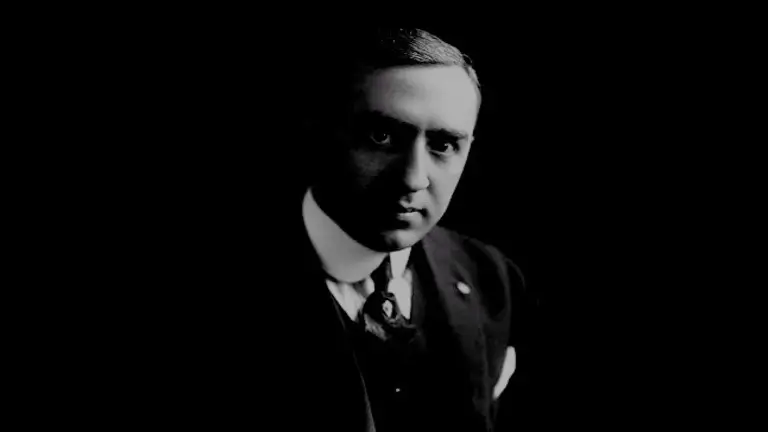
The early years of Raymond C. Schindler were neither exciting nor revealing of the great real famous detective he was destined to become. Schindler was raised in a small hamlet in Mexico, in upstate New York. Later, he graduated from high school in Milwaukee, Wisconsin. Then he went on to work as an insurance agent, a typewriter salesman, and a gold miner in California.
Schindler found himself working with the San Francisco Police Department on a graft case when he was 25. This case involved high-ranking politicians. He found this job through an advertisement searching for college graduates interested in conducting historical research. While in San Francisco, Schindler met William J. Burns, a Secret Service agent. He eventually became the more experienced detective’s ward. By the 1910s, Schindler was well-known as a talented private investigator. He also served as the director of the New York-based Schindler National Detective Agency (also known as the Schindler Bureau of Investigation).
The dictograph was one of the most recent technologies used at the time. This technology contributed significantly to Schindler’s success. A dictograph was a form of recording device. Schindler was employed in numerous cases, and the dictograph was Schindler’s only option. Schindler’s name was already associated with excellence in the field of detection not long after his passing in 1959.
However, there was one case that Schindler was unable to resolve. Sir Harry Oakes was a well-to-do introvert from Maine. He had made money as a gold prospector and mine manager in Canada. Unfortunately, he was killed in 1943. In his Bahamas mansion, Oakes’s beaten-to-death body was discovered. Despite their best efforts, the assailants were only able to scorch Oakes’ body. Even Oakes’ mansion was spared from a devastating fire. Amazingly, Oakes’s murder is still unsolved despite the involvement of the local CID and the Duke of Windsor (who was then the governor of the Bahamas). Schindler was given a high remuneration of $300 per day plus expenses at the time. But he was unable to conclude this World War II investigation.
The Goodyear Playhouse produced the 1952 television film Raymond Schindler, Case One. However, Schindler was unable to solve the murder of Sir Harry Oakes. Young Rod Steiger starred in the movie.
